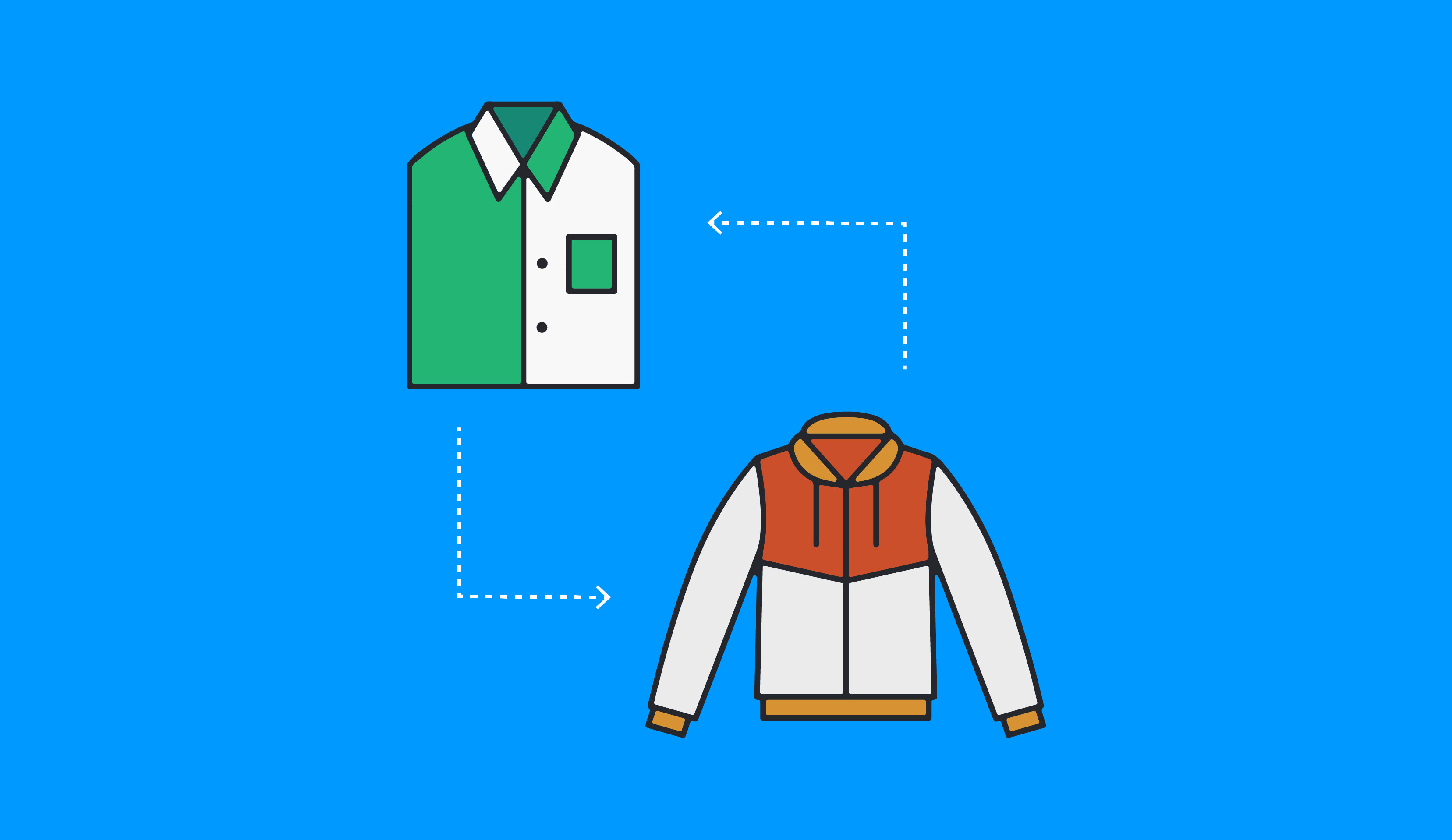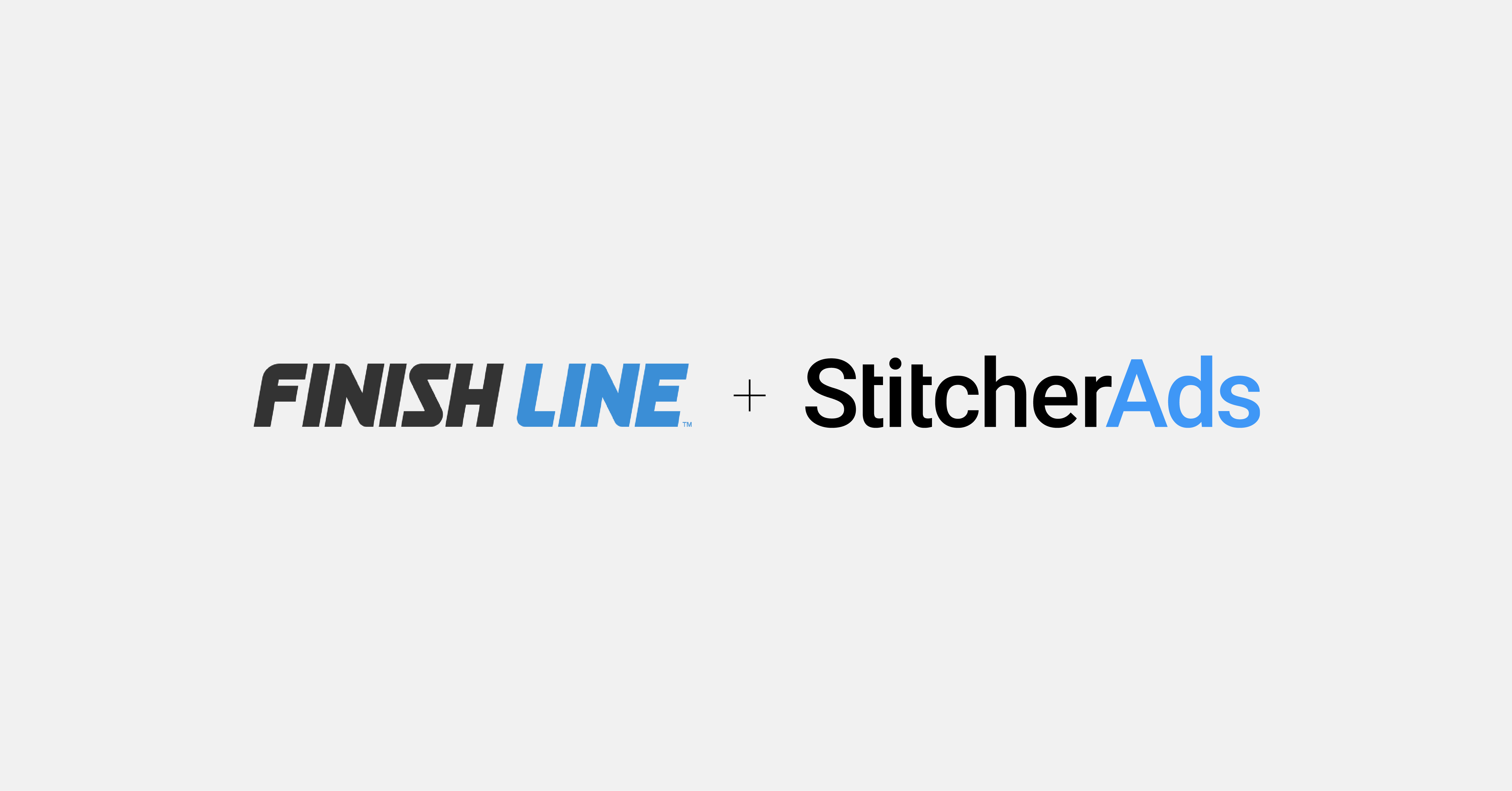Facebook Conversion Lift Tests enable you to see the true impact your advertising provides. The test works by comparing a test group of people who saw the ads to a control group who didn’t see ads. Advertisers are able to understand the value of all Facebook impressions (views and clicks) beyond the last touch and determine the impact Facebook advertising had on their business. While brand advertisers care about determining the lift in awareness and perceptions, direct response advertisers care about driving actions and conversions, so we measure the lift in these key actions.
However, we know last click isn't a good measurement. In a recent test an ecommerce client learnt that 33% of their desktop conversions (measured on a last click basis) actually came form a last click on a mobile device and as a result the client was attributing mobile clicks as desktop clicks.
Consider this example, you own a clothing shop and display a sign saying 40% off. As many people enter the shop, you may think that your sign showing the offer is really working. Yet attributing 100% credit to this display, as the last point of contact, fails to consider any of the other touch points that the customer may have interacted on the way to the store. It is possible they were planning on coming to the shop and didn't even see the display. That’s like correlating the final click to the conversion.
How to Implement a Facebook Conversion Lift Test
1. Before uploading your Custom Audience from a data file to Facebook, randomly divide your audience into two groups. This creates a test group and a control group. Only include people you want target for your specific objective.
2. Upload the two groups as separate Custom Audiences. Do not make any changes to the Custom Audiences during the test to maintain accuracy.
3. When running your campaign, only show ads to the test group. Make sure to exclude the control group from your campaign. Make sure to reach more than 75% of people in your test cell to get a good read on the impact of your advertising.
4. Analyze your point-of-sale data from both groups. When measuring the results of your campaign, look at the data of all people within your test and control group.
5. Calculate the lift between the two groups. Compare the difference in conversion rate and sales volume between the test and control group.

